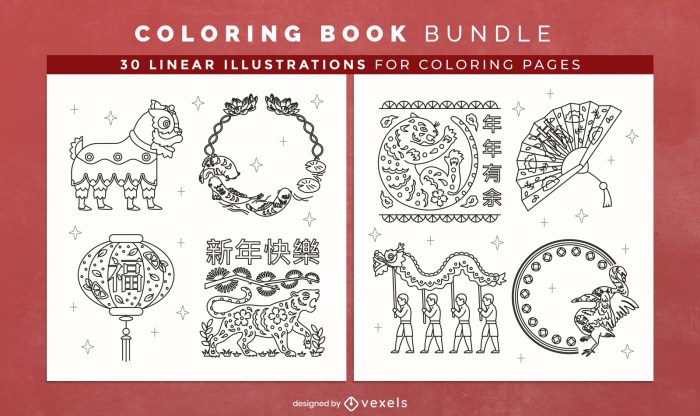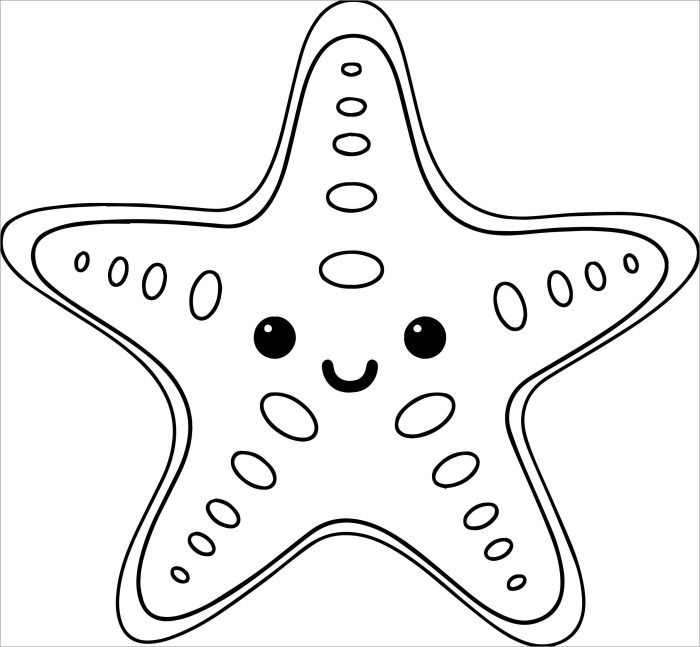Market Analysis of “Coloring Book Stained Glass”
Coloring book stained glass – The adult coloring book market has experienced significant growth in recent years, evolving beyond simple designs to incorporate more intricate and thematic approaches. Stained-glass themed coloring books represent a notable niche within this broader trend, capitalizing on the appeal of both the relaxing activity of coloring and the visual beauty of stained-glass artistry. This analysis will explore the current market trends, key demographics, pricing strategies, and distribution channels associated with stained-glass coloring books.
Current Market Trends for Stained-Glass Themed Adult Coloring Books
The market for adult coloring books featuring stained-glass designs is experiencing steady growth, driven by several factors. The inherent complexity and detail of stained-glass patterns offer a more challenging and rewarding coloring experience compared to simpler designs. Furthermore, the aesthetic appeal of stained glass is widely recognized, attracting a broad range of individuals seeking creative outlets and stress-relief activities.
This niche benefits from the ongoing popularity of mindfulness and creative expression as self-care practices. Trends indicate a move towards larger format books, offering more space for intricate detailing, and the incorporation of high-quality paper to better accommodate various coloring mediums. Specific designs are also trending towards popular themes such as nature, fantasy, and religious iconography.
Key Demographics Interested in Stained-Glass Coloring Books
The primary demographic for stained-glass coloring books includes adults aged 25-55, encompassing both men and women. However, a significant portion of the market also includes teenagers and older adults. This wide age range reflects the broad appeal of coloring as a relaxing and creative activity, transcending generational boundaries. While there isn’t a strong gender bias, marketing efforts often target women due to their higher participation rates in crafting and creative hobbies.
Professionals seeking stress relief and creative outlets often find stained-glass coloring books to be a particularly appealing option. Individuals interested in art, design, and crafting are also a significant part of the target market.
Pricing Strategies of Different Brands Offering Similar Products
Pricing strategies vary depending on several factors including book size, page count, paper quality, and brand recognition. Budget-friendly options typically range from $8 to $15, often featuring smaller formats and standard paper stock. Mid-range books, priced between $15 and $25, frequently offer larger formats, thicker pages, and potentially perforated pages for easy removal. Premium brands, focusing on superior paper quality, intricate designs, and unique features like spiral binding or special paper coatings, can command prices upwards of $25.
The pricing also reflects the perceived value proposition; a book with high-quality paper that prevents bleed-through will naturally command a higher price.
Distribution Channels for Stained-Glass Coloring Books
Stained-glass coloring books utilize a variety of distribution channels to reach their target market. Online marketplaces such as Amazon and Etsy play a significant role, offering broad reach and convenience to both consumers and smaller publishers. Independent bookstores and craft stores represent a key offline distribution channel, allowing for direct customer interaction and browsing. Larger retailers like Barnes & Noble and Target also stock coloring books, providing exposure to a wider audience.
Direct-to-consumer sales through the publisher’s website are also increasingly common, offering exclusive designs or bundles and fostering a direct relationship with customers. Furthermore, many artists sell their designs through print-on-demand services, expanding distribution possibilities even further.
Creating a Stained-Glass Coloring Book from Concept to Completion
Transforming a concept into a tangible stained-glass coloring book involves a multifaceted process demanding careful planning and execution. From the initial spark of inspiration to the final printed product, numerous stages require attention to detail and creative problem-solving. This process encompasses design, illustration, testing, production, and finally, publication.
Concept Development and Initial Sketches
The initial phase focuses on defining the core concept of the coloring book. This includes identifying the target audience (e.g., children, adults, skill level), choosing a thematic focus (e.g., nature, fantasy, geometric patterns), and determining the overall style and aesthetic. Preliminary sketches and mood boards are created to visualize the potential designs, exploring different color palettes and compositional arrangements.
For example, a coloring book themed around “Under the Sea” might feature initial sketches of various sea creatures, coral reefs, and underwater landscapes, with accompanying color palettes ranging from vibrant tropical hues to more muted, oceanic tones. These early sketches serve as a blueprint for the subsequent design and illustration phases.
Illustration and Design Refinement
Once the concept is solidified, detailed illustrations are created. This stage requires a high level of artistic skill and attention to detail, as the illustrations must be both aesthetically pleasing and suitable for coloring. The designs should incorporate elements that evoke the feel of stained glass, such as intricate linework, leading lines suggesting the framework of a stained-glass window, and patterns that suggest light and shadow.
For example, a design depicting a flower might incorporate detailed petals with fine lines and shading to suggest the texture and depth of a stained-glass piece. The illustrations are then refined based on feedback from internal reviews and potentially from early testers. This iterative process ensures the designs are both visually appealing and easy to color within the intended parameters of a coloring book.
Testing and Feedback Incorporation
Thorough testing is crucial for refining the design and functionality of the coloring book. This involves distributing pre-production copies to a test group representative of the target audience. Feedback gathered from testers is invaluable in identifying potential issues, such as overly intricate designs that are difficult to color, insufficient space for coloring, or unclear instructions. For instance, feedback might reveal that a specific design is too detailed for younger children, prompting revisions to simplify the linework or reduce the number of small details.
The feedback is then analyzed, and the illustrations are revised accordingly before proceeding to the final production phase.
Production and Printing, Coloring book stained glass
The production stage involves preparing the artwork for printing and overseeing the actual printing process. This includes ensuring the illustrations are high-resolution and correctly formatted for the chosen printing method (e.g., offset printing, digital printing). The paper stock must be chosen carefully; a thicker, high-quality paper is preferable to ensure that the coloring process doesn’t cause bleed-through. The binding method is also selected, considering factors such as cost, durability, and the overall aesthetic of the book.
A saddle-stitch binding might be suitable for a smaller coloring book, while perfect binding might be preferred for a larger, more substantial book. Color accuracy is paramount during the printing phase; color profiles and proofs are carefully checked to ensure the printed colors match the original artwork.
Coloring book stained glass designs offer a beautiful way to explore intricate patterns and vibrant colors. The captivating detail often reminds me of the celestial beauty found in a solar system coloring book , with its planets and stars. Returning to stained glass, the rich textures and light effects achievable through careful coloring make it a truly rewarding creative pursuit.



